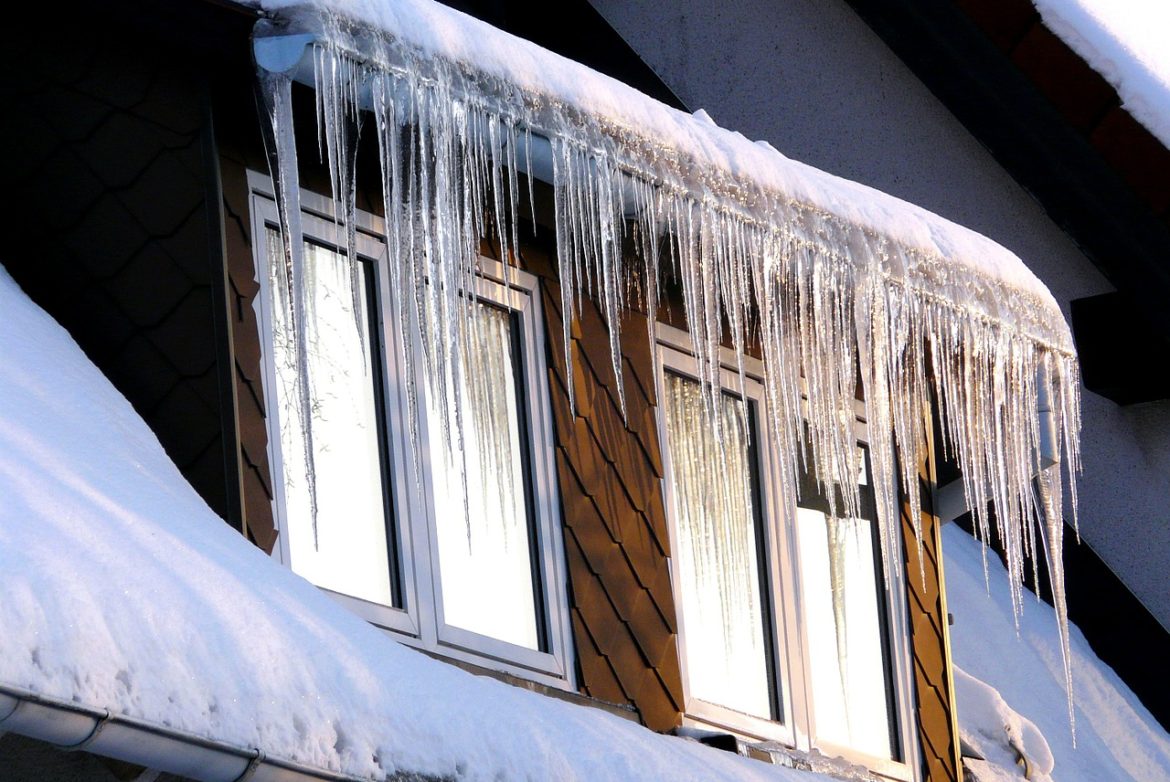Can you get a new roof in winter?
We get this question all the time…. Can you roof in cold weather?? It is a debate that has be around for many years. The short answer is YES it is possible, but with some precautions.
The asphaltic material in the shingle may lose its flexibility and resistance as the temperature goes down. It will become harder to bend the shingles and to cut them straight. Being more “brittle,” they’ll be more likely to be overdriven by nails when using regular pressure in the system. The ”sweet spot” adjustment in pressure will become smaller and smaller. However, providing that the crew is extra conscious of that and takes the time to do it right, there are ways to deliver a proper installation.
Another important consideration is if cold weather application increases the chances of blow-offs. All shingles are equipped with a self-sealant strip, a line of glue that activates with the sun and tabs the shingles together, preventing the wind to catch them. This glue activates at different temperatures depending on the manufacturer and the manufacturer may specify that if the shingles are NOT tabbing properly because of temperature, they should be hand-sealed. That means the crew should apply the amount of roofing cement underneath every laminate shingle with a caulking gun and then press the shingles into the cement. This will help prevent the wind from lifting them before there is sufficient heat for them to self-seal.
Roofing crew uses many different tools. Some of them aren’t affected by temperature, but some, like compressors and nail guns, can be affected. When compressing and releasing the air in your system, humidity will turn into water. If the temperature is freezing, the water may freeze in the airlines and reduce the airflow that the installer receives on the roof. Nails needs to be installed flush with the shingle, not overdriven or under driven. When the airline is obstructed by ice, nails may not be pushed as deep as they should, which introduces a risk for under driven nails. This situation will require extra attention from the roofer to constantly set the depth adjuster on the gun and from the crew to monitor the presence of humidity or ice in the system.
The manufacturer is responsible for the self-seal to properly bond to the roof when activated. The roofing contractor is responsible for making sure the crew is comfortable enough to apply the shingles properly and that the temperature or countermeasures taken are sufficient to have a constant airflow to avoid overdriven or under driven nails. Finally, the crew leader is responsible for deciding if the roof is tabbing or not and if cold weather precautions (hand seal) should be taken. So, regardless from what you hear from contractors, you can roof in cold weather…is it ideal..No, but possible.

